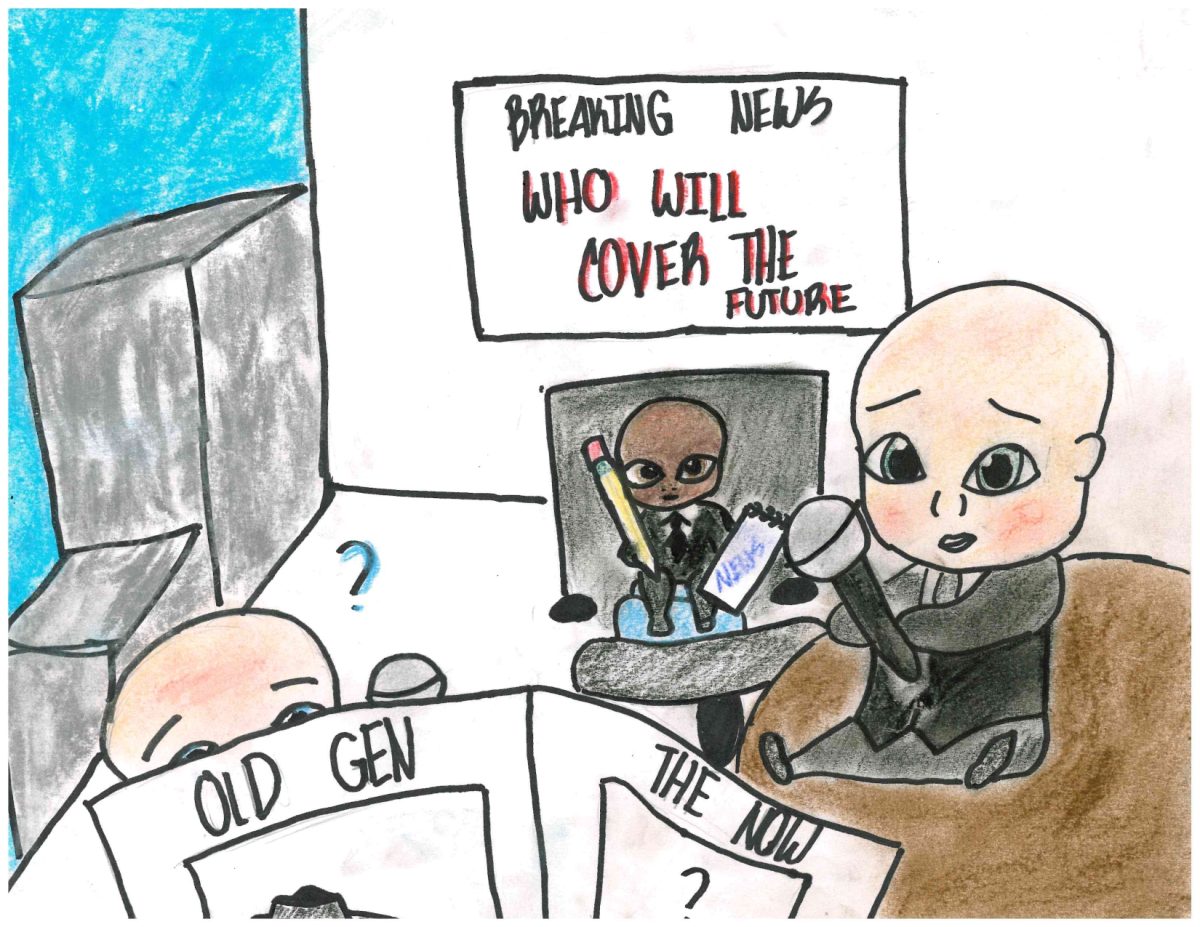By creating extra responsibilities and numerous health risks for United States citizens, Daylight Savings Time and the clock changing that comes along with it shouldn’t be done anymore.
Daylight Savings Time should not be used in the U.Ss because many issues come with using that time.
Not only is it a nuisance to manually turn your clock back an hour or forward an hour, but there are many health concerns to using Daylight Savings Time, too.
According to the National Institute of Health or NIH, Daylight Savings Time can be linked to increased cardiovascular morbidity and risk of stroke.
Additionally, studies conducted by the NIH concluded that the one-hour time shift caused by the transition between Daylight Savings Time and standard time is associated with an increase in missed doctor appointments.
Daylight Savings Time is a nuisance for many people and, according to the aforementioned studies, poses a health risk for many people.
Having to turn your clocks back and forth is annoying, and if you forget, then your whole schedule gets thrown off.
This could lead to missed appointments, as NIH stated, showing up late to work, and many more inconveniences caused by changing your clocks.
While it is true that most modern clocks change time automatically, the great majority of clocks in my house and many others do not do this, and you are forced to turn them back manually.
Also, every year, you have to sacrifice an hour of sleep, which doesn’t sound too bad for some people but is yet another inconvenience that is caused by this shift in time.
A poll conducted by YouGov highlighted that 62% of the 1000 people asked preferred not to change the time of their clocks twice per year.
If a larger sample size was taken for the same poll, I’m certain similar results would be received.
This begs the question of why we are doing something most people don’t wish to do twice a year.
The previous reasoning for changing clocks included the economic benefits of later sunrises.
The later sunrises promoted more shopping in large cities as well as greater foot traffic.
With people being outside and shopping for longer, greater spending was encouraged, which greatly benefited the economy.
However, now with a greater presence of online shopping, the U.S. does not receive the same benefits as it did once before.
The clock change was also put into place due to energy conservation reasons during World War I.
While Daylight Savings Time does conserve energy, it is not a large amount.
Daylight Savings only saves about 0.5% in total amount of electricity consumed per day, according to The United States Department of Energy.
This number is not high enough to constitute changing the clocks back and forth.
The changing of clocks may have some benefits.
However, as a whole, the system has many flaws and leads to many problems while only solving a few.
While most modern clocks do automatically change to Daylight Savings Time many do not. This adds another layer of inconvenience because you need to remember which clocks don’t change and then fix them manually.
The system is outdated and needs to change because it only causes problems for U.S. citizens rather than benefitting them.
Con: Daylight Savings outlives brief usefulness
While only saving a little energy and not as great economic benefits, daylight savings is not as useful as it once was. Daylight Savings no longer provides the benefits it was created for and, therefore, should not be used.
0
More to Discover
About the Contributor

Connor Rother, Entertainment Editor






